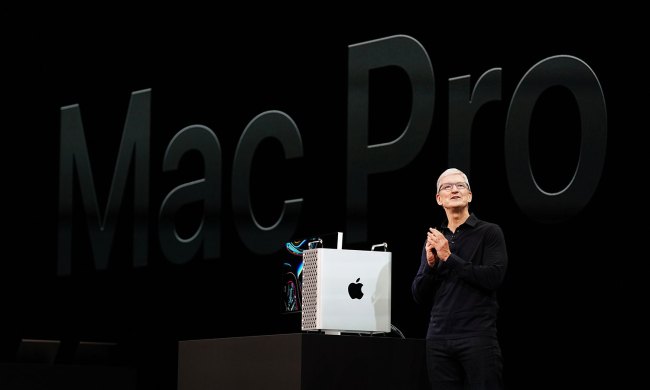Google surprised everyone on Tuesday, rolling out a new logo and other branding in a move it said will help make its products more accessible and useful to users.
The change to the logo is the first in two years, and was no doubt the result of multiple meetings, lively discussions, forthright debate, and possibly the occasional heated argument. However, it’s doubtful that physical violence had any part in the logo’s transition, after all, it’s hard to imagine Larry Page head-butting a designer in order to get a point across.
So we have what we have, but what did we almost have?
In a lengthy blog post that starts, “Google is not a conventional company,” the Web giant explains in great detail how it arrived at its latest logo while at the same apparently offering a glimpse of alternative designs that were also considered.
Revealed in the image above, we can see a variety of efforts, the most striking of which is surely the graphical take where “Google” is spelled out using a large circle, several small circies, a semi-circle, and a rectangle. If the company had used that design when it launched in the 1990s and stayed with it, we’d still be scratching our heads today wondering what this unconventional company was called.
According to the image, other proposed designs included one that turns “Google” into “google” and another where each letter comprises multiple colors.
Four challenges
The Mountain View company said in the post it identified four challenges it wanted to address when it came to creating the new branding:
First it wanted “a scalable mark that could convey the feeling of the full logotype in constrained spaces.” Next, it wanted to include “dynamic, intelligent motion that responded to users at all stages of an interaction.”
Thirdly, it considered a” systematic approach” as necessary in order to brand the company’s products “to provide consistency in people’s daily encounters with Google.”
And finally, it wanted to refine “what makes us Googley, combining the best of the brand our users know and love with thoughtful consideration for how their needs are changing.”
So, would you say the team has succeeded in its effort?


